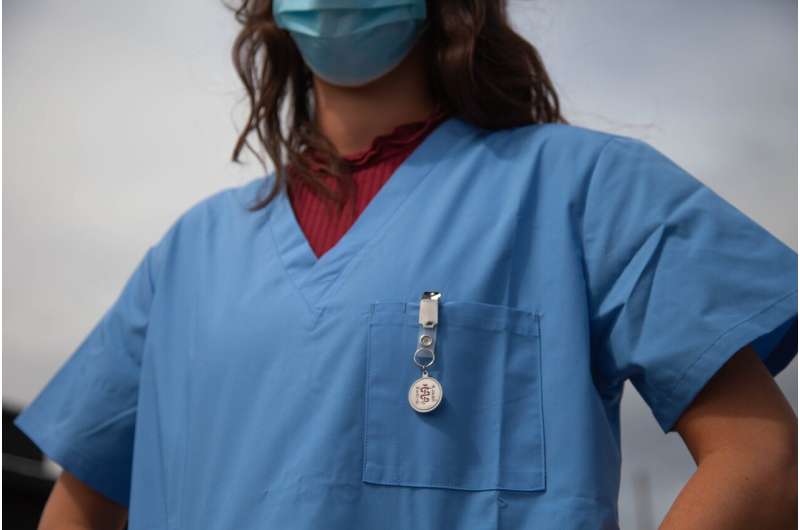Expansion of West Nile Virus Threat in San Diego County

West Nile virus activity is increasing in San Diego County, with recent detections in neighborhoods and ongoing mosquito control efforts, highlighting the need for preventative measures against mosquito bites.
The West Nile virus continues to pose an increasing health concern in San Diego County, with recent routine mosquito and bird testing revealing the presence of the virus in neighborhoods such as City Heights and Skyline. This detection follows a mosquito control effort in July, which involved treating roughly 4,000 parcels in the nearby Rolando area, situated just south and east of San Diego State University, as well as parts of La Mesa in East County.
Although there have been no confirmed cases of human infection so far, 2025 marks the first season since 2023 that local mosquitoes and avian populations have tested positive for West Nile virus during scheduled surveillance activities. County officials note that this uptick in activity is part of the virus’s cyclical pattern, which is influenced by various environmental factors, particularly weather conditions.
The County’s Vector Control Program is actively addressing the situation by treating mosquito breeding sites in affected areas; however, no neighborhood-wide spraying has been announced recently, unlike the targeted treatments in July.
Residents are advised to take precautions against mosquito bites by using insect repellent outdoors, wearing long-sleeved clothing, and eliminating standing water on their properties to reduce mosquito breeding sites. For those struggling to control mosquito populations, free inspection services are available through the County’s Vector Control, which can be contacted at (858) 694-2888 or via email at vector@sdcounty.ca.gov. The 'Tell Us Now!' app also facilitates requesting inspections.
While most West Nile virus infections are mild, symptoms such as headache, fever, nausea, fatigue, rash, and swollen glands can occur. Severe cases are rare but can lead to hospitalization and, in some instances, be fatal.
Health officials emphasize the importance of ongoing vigilance and preventative measures to limit the risk of infection during the mosquito active season. For more information, visit https://medicalxpress.com/news/2025-09-west-nile-virus-footprint-san.html.
Stay Updated with Mia's Feed
Get the latest health & wellness insights delivered straight to your inbox.
Related Articles
Underappreciated Nursing Staff Feel 'Box-Ticking' Tasks Drive Them Away, Study Finds
A new study reveals that undervalued and overtasked nursing staff in general practice are leaving the profession, risking a severe staff shortage by 2030. Learn about the factors impacting nurse retention and potential solutions.
Understanding What Attracts Mosquitoes to You
Discover the surprising factors that make some people more attractive to mosquitoes, including recent alcohol, drug use, and sunscreen application, based on a unique festival study.
Opioid-Related Deaths in England and Wales Rise Significantly Over the Last Decade
Opioid-related deaths in England and Wales have increased by nearly 55% over the past decade, with actual figures likely higher due to underreporting and data limitations, highlighting the urgent need for improved data collection and public health strategies.



